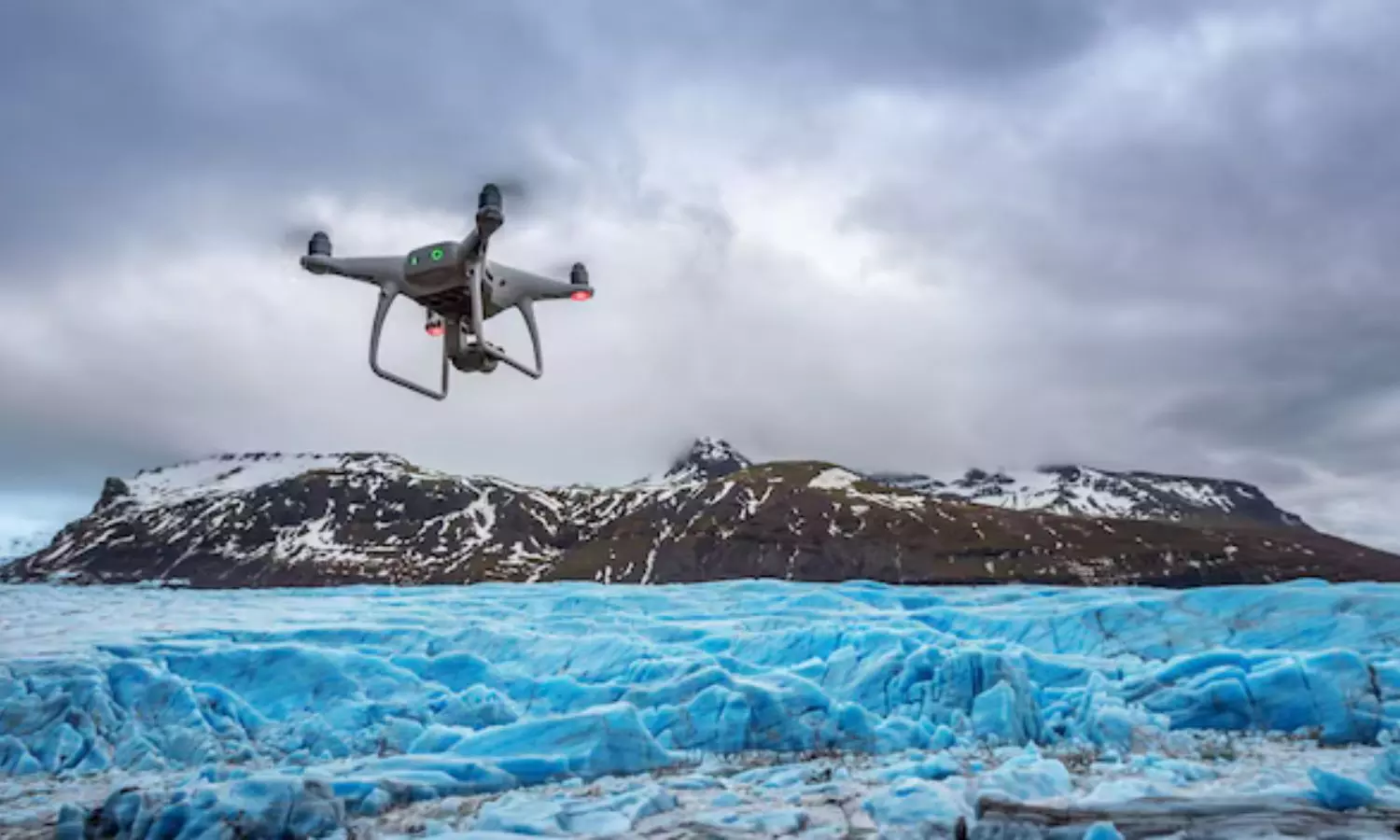Government Plans to Transform State into Drone Industry Hub
The government aims to establish the state as a leader in the drone industry, targeting ₹2,000 crore in investments and creating 30,000 jobs.
The government has designed a model to establish satellite centers throughout the drone city, based on trade and connectivity.

The government aims to position the state as a key player in the drone industry within the next five years.
During this period, it plans to attract investments totaling ₹2,000 crore and achieve a revenue target of ₹6,000 crore from this sector.
The initiative is expected to train over 20,000 youth as drone pilots and create employment opportunities for at least 30,000 people.
To facilitate this, a draft drone policy has been formulated, which will be in effect for five years.
This policy will be discussed at the National Drone Summit on the 22nd and 23rd of this month.
The domestic drone market is anticipated to grow by 22.65 percent in the next four years, and the government is committed to developing this sector to meet that demand.
In addition to expanding drone services across various departments, a drone city will be developed in one area of the state to international standards.
Creation of Facilities:
Integrated Testing Facility
Center of Excellence
Incubation Center
Co-working Spaces
Living Facilities
Research and Development Centres
Objectives for Human Resource Development:
Training of 20,000 drone pilots
Encouragement of IT application development
Increased emphasis on aeronautical engineering
Training of over 500 self-help groups (SHGs) in drone maintenance and repair
Employment for 30,000 people
Integration of drone technology into university curricula
State Share Objectives in the Commercial Market:
25 percent of drone innovation
50 percent in the manufacturing sector
80 percent in testing
20 percent in Drones as a Service (DAAS)
Development of skilled human resources
Model of Drone City:
The government has designed a model to establish satellite centers throughout the drone city, based on trade and connectivity. It is expected to include innovation labs and incubation centers. Key components include:
Providing training and certifications
Establishing a technology ecosystem for using drones in agriculture, medicine, surveys, and other vital sectors
Creating assembly units for drones and repair/maintenance centers
Setting up labs and incubation centers in major educational institutions and universities
Offering support for establishing seed companies
Integrating drone technology into education to supply skilled manpower for the industry
Encouraging innovation
Objectives for Expanding the Sector:
Increasing the use of drones for services provided by government departments within the year
Establishing drone testing facilities in the state by 2025 to attract manufacturing companies
Implementing a single-window approach for permissions
Encouraging technology transfer by attracting foreign investment
Major Areas Where Drones Are Used:
Land survey and mapping
Agriculture
Cinema and photography
Inspections and maintenance of infrastructure
Law enforcement monitoring
Regulatory Changes:
Simplifying the 25 rules governing drone operation to just 5
Allowing online applications for activities
Limiting the maximum penalty for rule violations
Relaxing rules for items weighing between 300 kg and 500 kg
Eliminating the need for security clearances for registration and licenses
Permitting drone use in Green Zones without a permit; permits are required in Red and Yellow Zones.
Incentives in the State:
Capital investment and tax exemption incentives for joint ventures focusing on technology transfer
Additional Production Linked Incentives (PLI) provided by the State Government (3 percent/4 percent/5 percent under the Central Government PLI scheme)
Tax exemptions on specified expenses or internet costs for a defined period
Incubation facilities and reimbursement for participation in national and international events
Tax deductions for research and development (R&D) expenses
Maximum incentives for DAAS players to encourage drone use, provided by the central government
25 percent concession on capital investment up to ₹25 crores
Exemption from stamp duty
A reduced electricity tariff
Product-Based Incentives (PLI) at 3/4/5 percent on net sales for three years
Additional PLI benefits from the State Government
Incentives for demonstrating use cases.


